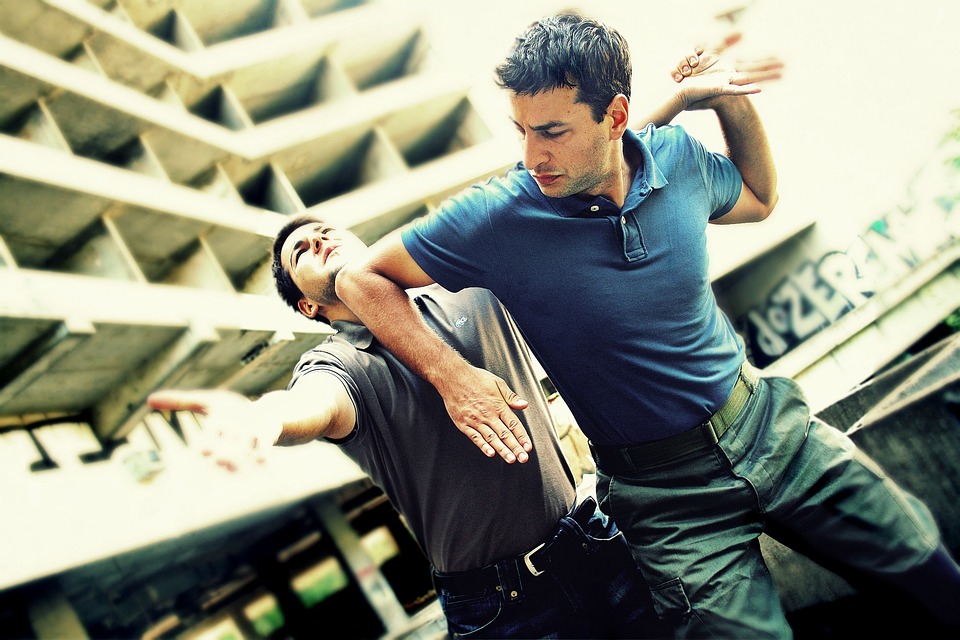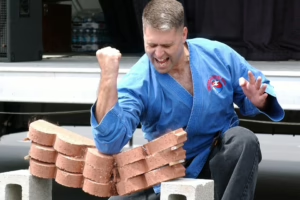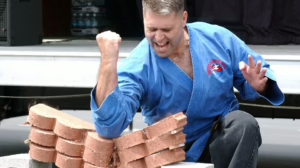Pressure Points 101: Essential Techniques for Personal Safety
Introduction
In a world where personal safety is of paramount concern, understanding self-defense techniques can provide individuals with the confidence and skills needed to protect themselves in potentially dangerous situations. One effective approach in self-defense is the use of pressure points. Pressure point techniques target specific areas on the body that can incapacitate or control an assailant with minimal effort. This article explores the fundamentals of pressure points, their applications, and essential techniques to enhance personal safety.
What are Pressure Points?
Pressure points are specific locations on the body that, when pressed, struck, or manipulated, can cause pain, incapacitation, or involuntary movement. These points correspond to clusters of nerve endings, blood vessels, and muscles. Understanding the anatomy associated with these points can aid in their effective application. Some of the most commonly referenced pressure points include:
- Temples: Located on the sides of the head, the temples can be struck to cause disorientation or even unconsciousness.
- Nose: A quick upward strike to the nose can induce significant pain and create an opportunity for escape.
- Solar Plexus: Located just below the sternum, a strike to this area can incapacitate an opponent by forcing air from their lungs.
- Throat: A targeted strike to the throat can be debilitating and should be approached with caution due to the potential for serious injury.
- Knees: Targeting the knee joint can cause incapacitating pain and limit an attacker’s mobility.
The Anatomy of Pressure Points
Understanding the anatomy of pressure points is crucial for effective application. Pressure points are often associated with the body’s nervous and muscular systems. Key elements include:
-
Nerves: Certain pressure points correspond to major nerves, including the sciatic nerve, femoral nerve, and trigeminal nerve, which can be affected by pressure, resulting in pain or numbness.
-
Muscles: Striking or applying pressure to specific muscle groups can lead to temporary incapacitation or loss of function.
-
Blood Vessels: Some pressure points are near major blood vessels, and pressure can disrupt blood flow, causing pain or disorientation.
Why Learn Pressure Points for Self-Defense?
Learning pressure point techniques is beneficial for several reasons:
-
Effectiveness: Pressure points can incapacitate an attacker quickly, allowing for a rapid escape.
-
Minimal Force Required: Unlike brute strength, pressure points require precise targeting and technique, making them accessible to individuals of all sizes and strengths.
-
Confidence Building: Mastering pressure points can empower individuals and enhance their confidence in handling potentially dangerous situations.
-
Non-lethal: Pressure point techniques can be used in a non-lethal manner, allowing individuals to defend themselves without causing permanent harm.
Basic Pressure Point Techniques
1. The Temple Tap
- Purpose: Disorient the attacker.
- Technique: Use the fingertips to tap or strike the temple area with sufficient force. This can momentarily stun the attacker, giving you the opportunity to escape.
2. The Nose Strike
- Purpose: Create pain and distract.
- Technique: Use the palm or the heel of the hand to strike upward into the nose. The sudden trauma can cause tears and a reflexive head movement backward, allowing for an escape route.
3. The Throat Strike
- Purpose: Temporarily incapacitate.
- Technique: With an open hand, strike firmly at the throat’s midline. This should be executed with caution and as a last resort, as it can lead to serious injury.
4. The Solar Plexus Hammerfist
- Purpose: Wind the attacker and incapacitate momentarily.
- Technique: Use a hammerfist strike just below the sternum. Aim for a quick and firm impact to cause the attacker to lose their breath.
5. The Knee Strike
- Purpose: Disrupt mobility.
- Technique: With the palm, strike the side of the knee. This can cause significant pain and instability, limiting the attacker’s ability to pursue.
Advanced Techniques and Training
For those interested in further developing their skills in pressure point techniques, many self-defense classes and martial arts schools offer structured training in these methods. Forms such as Krav Maga, Aikido, and Brazilian Jiu-Jitsu often incorporate pressure point techniques, providing a comprehensive understanding of their application.
Safety Considerations
It is critical to approach pressure point training with safety in mind:
-
Controlled Environment: Practice in a controlled environment with a trained instructor to avoid injury.
-
Physical Condition: Understand your physical limits, and communicate with your training partners.
-
Legal Implications: Familiarize yourself with the legal ramifications of using self-defense techniques in your location.
Situational Awareness and Prevention
While understanding pressure points is vital, the most effective form of self-defense is often prevention through situational awareness. Strategies to enhance situational awareness include:
-
Environment Scanning: Regularly observe your surroundings for potential threats and escape routes.
-
Avoidance: Whenever possible, use conflict-avoidance strategies to de-escalate situations before they require physical response.
-
Trust Your Instincts: Listen to your instincts; if a situation feels off, it may be best to leave.
-
Personal Safety Tools: Consider carrying personal safety tools such as pepper spray, tactical pens, or personal alarms for additional protection.
Conclusions
Incorporating pressure points into your personal safety repertoire can provide effective self-defense skills while promoting confidence and awareness. Understanding anatomy, practicing techniques regularly, and applying situational awareness are essential elements for anyone concerned with personal safety. While pressure points can be built into effective self-defense strategies, it is paramount always to prioritize de-escalation and avoidance wherever possible.
By mastering these vital techniques and fostering a proactive approach to personal safety, individuals can empower themselves to navigate an unpredictable world with greater assurance and security.
References
- Smith, John. The Science of Self-Defense: Understanding Pressure Points. Self-Defense Publishing, 2020.
- Doe, Jane. Martial Arts Fundamentals: A Guide to Pressure Points and Their Applications. Arts Publishing, 2021.
- Lee, Bruce. Self-Defense Techniques for Women: Effective Pressure Point Strategies. Women’s Safety Press, 2019.
- Zhao, Wei. Pressure Points and Beyond: Expanding the Self-Defense Toolkit. Self-Defense Journal, 2022.
Final Note
Training effectively in pressure points requires time, patience, and respect for the techniques involved. By continuously seeking knowledge and practicing under the guidance of trained professionals, individuals can greatly enhance their ability to ensure their personal safety.


























Add Comment